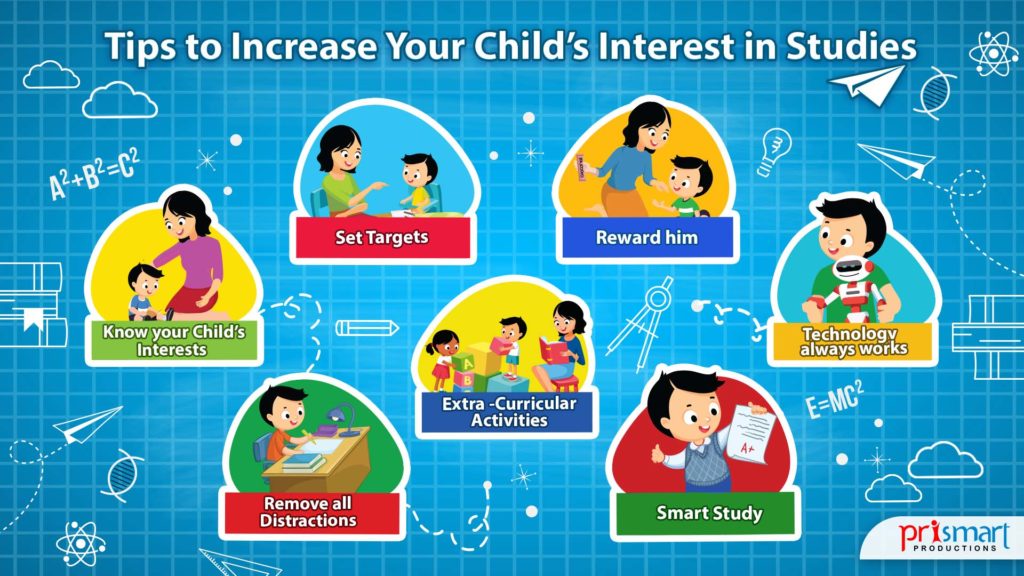
In 2013 and beyond, thousands of students in North America alone are currently planning to enter careers in Manufacturing. From Advanced Mechanical Design, educationtipsforall, Aerospace Engineering and Aircraft Manufacturing to Industrial Engineering, Automotive and CNC Machining, these students will be the future of Manufacturing moving forward. They will be the innovators, the creators and architects that will design and make all of the products we use on a daily basis. As design and manufacturing technology advances, so does the look and usability of the products we buy and use. Costs are driven down and the speed in which products are brought to market increases. This means that we can buy products from dishwashers to cell phones cheaper while enjoying a broader selection to choose from.
While software providers are constantly moving forward in the development of CAD/CAM software, adding new automation and making it more intuitive than the last software revisions, you will agree that there needs to be a swiftly moving system of keeping these students on par with the cutting edge of CNC automation. Thus ensuring their survival once they land in shops and manufacturing businesses around the world.
Here are some of the real-world challenges that educators and schools face when including manufacturing CAD/CAM technology in their curriculums.
A common challenge for CAD/CAM in educationtipsforall has to do with the type of applications or even industries being taught along with the curriculum segments revolving. Around software as it relates to that specific industry or application. In 2008 a panel of manufacturing and business professionals were interviewed by O & P.com. An online resource for Orthotics and Prosthetics companies. The interviews focused on CAD/CAM software in educationtipsforall and the results were surprising. These business professionals really felt that there was a serious lack of professional training available in the area of CAD design and CAM machining technology.
Some of them had even gone so far as to provide seminars on the subject at schools. And universities in an effort to get educators more involved in the subject so that there would be some support for the industry moving forward. It makes sense. Even now in 2013 there is no CAD/CAM software product that caters to the design. And manufacturing of prosthetics as an example. The closest form of CAD/CAM for a specific application would be special dental. Prosthetic products that cater to the dental industry. But what about the rest? Software is used for CNC automation in just about every available type of application today without schools having to find custom-specific application type systems.
The solution has to be available where CAD/CAM providers work directly with the educator, teacher or school to develop curriculums that deal with specific applications in order to tune down the product and be more application focus. While many CAD/CAM providers will help, educationtipsforall still suffers because of budgets and the high price of implementing software for such cases.
Many states are currently looking at budget cuts for fiscal years 2014. And 2015 that will drop higher education budgets below 2008/2009 levels. The dollar amount spent per student in 2013 is down by more than half in over 50% of the US. In fact, 26 states will spend less per student in fiscal year 2013 than the year before. And 35 are still spending at levels lower than before the recession. After adjusting for inflation. The truth is, we are going nowhere fast when it comes to financially investing in the manufacturers of our future.
The solution is for CAD/CAM providers to change the way they think when it comes to supplying https://educationtipsforall.com/ with cutting edge cnc machining software products. We have to be smarter and make technology software implementation easier for schools at all levels than ever before. Many providers offer educational discounts, yet the costs are still well out of range. Not only this but what about the student that graduates and enters the workforce? If the student was train on a $15,000-$20,000 CNC Programming system. How are they going to take a seat with them to their new employer? CNC Software for milling, turning, routing, water jet, plasma or laser can cost a substantial amount of money. There must be a solution to make NC programming technology more accessible to graduating students.
Another challenge for educators focuses on existing curriculums having to be continuously update. And modifie in order to keep them current with manufacturing technology as it is develop moving forward. Again, CAD/CAM providers must have programs in place which not only address educational implementation. But that allow educators to keep them updated on the fly. Ultimately, teachers need an abundant volume of resources available to them, preferably online and accessible by mobile devices. This includes tiered tutorials, corresponding. And example CAD Part Files, videos, knowledge based support, help files, Machine Post Processors. And all other product support and training resource that empowers the teacher. Educator support should also be a phone call away. Educators that have existing curriculums should be able to easily adapt what they have to include CAD/CAM. This way implementation is simple and saves a lot of time.